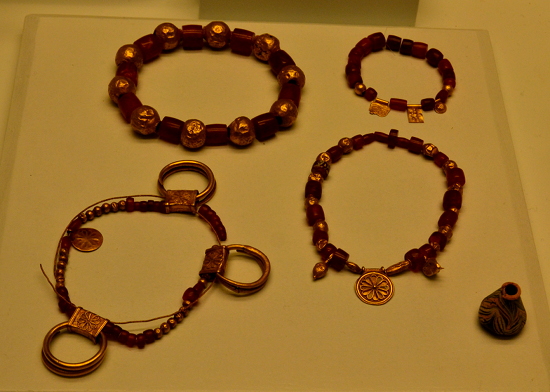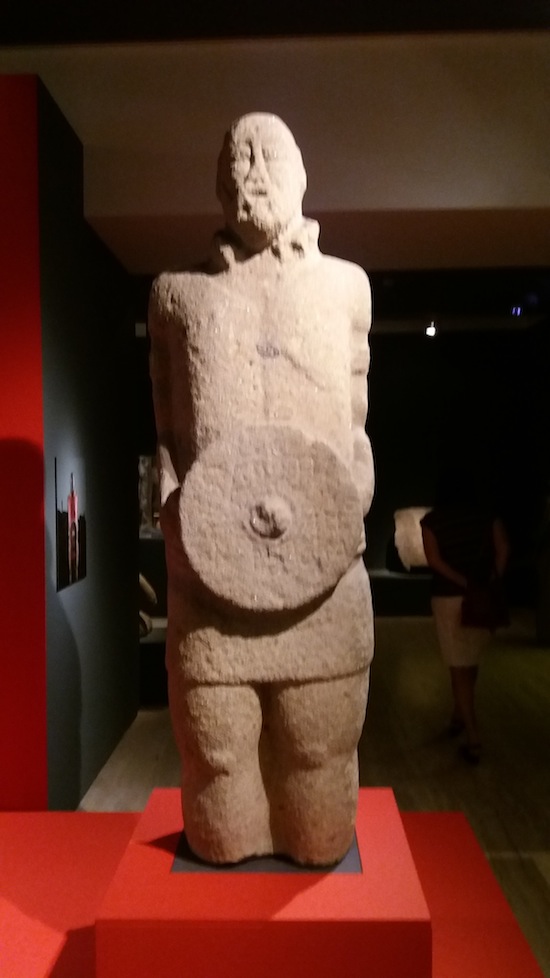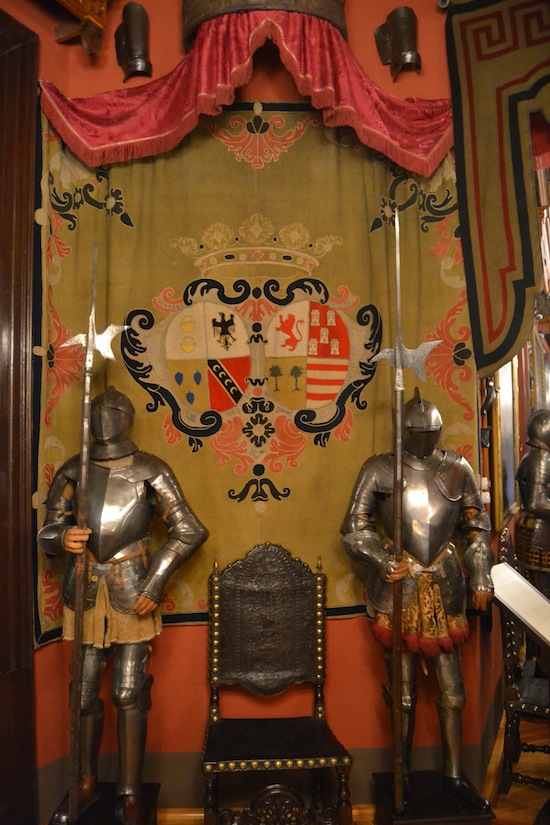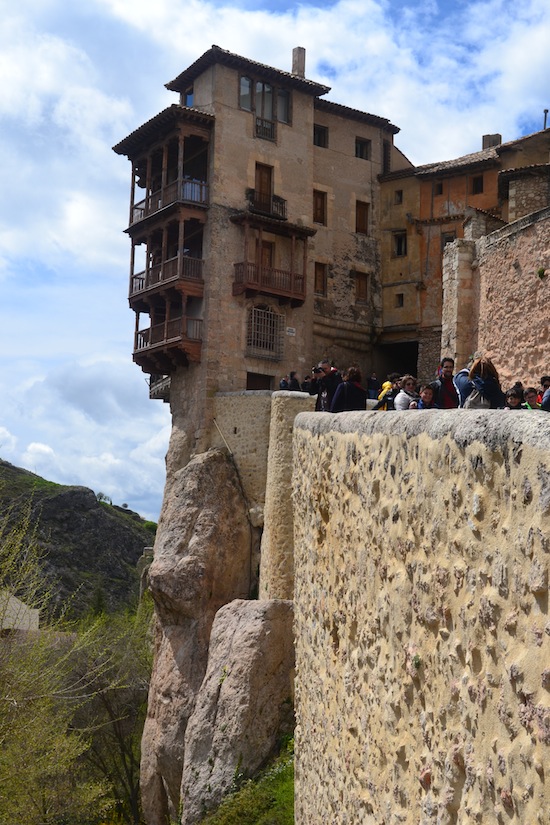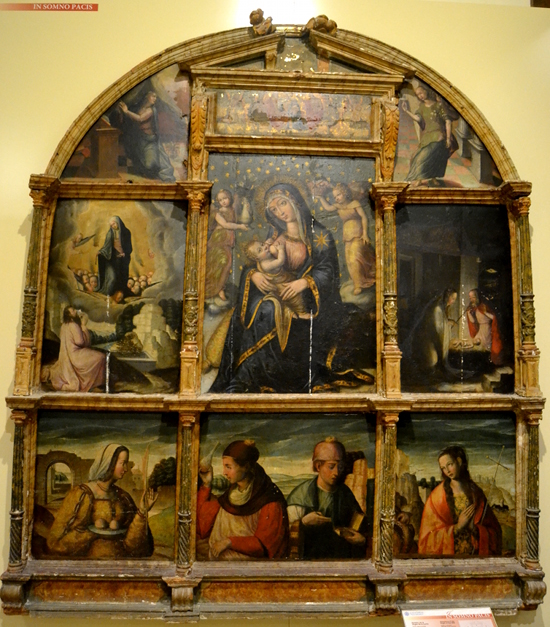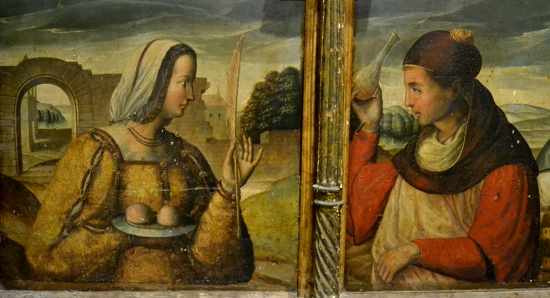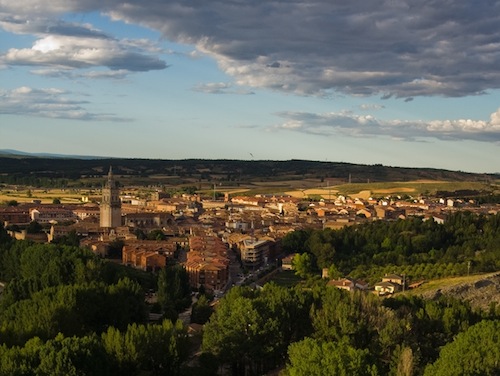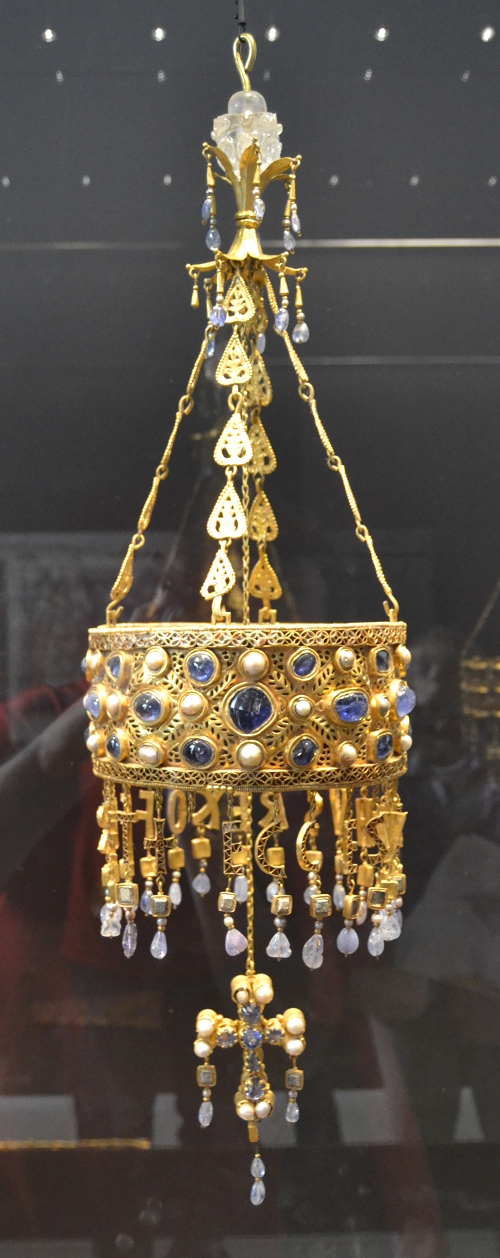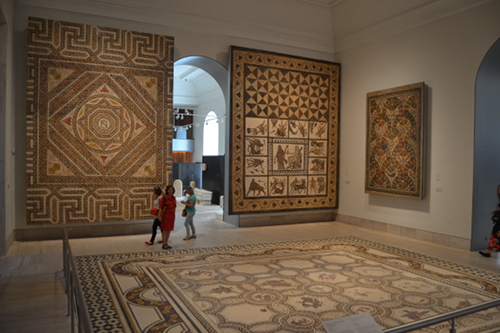Exploring Historic Cádiz
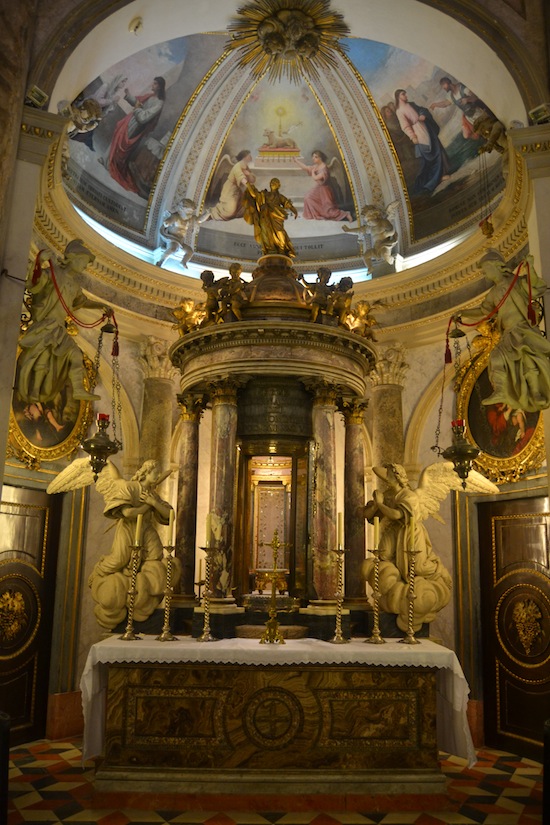
The Santa Cueva Oratory in Cádiz was finished in 1796
and is one of the best examples of its kind. It features some
unusually bright and cheery paintings by Francisco de Goya
A couple of weeks ago, I wrote about Phoenician and Roman Cádiz, the early history of one of the oldest continually inhabited cities in Europe, on the southwestern coast of Spain near the Strait of Gibraltar. While Cádiz was important throughout its history, its sheltered harbor on the Atlantic made it a good spot for launching the many exploratory vessels that Spain sent out into the world starting in the late 15th century. Columbus made his second and fourth voyages to America from Cádiz, and some of the tropical plants growing in the city squares are said to be descendants of samples he brought home.
